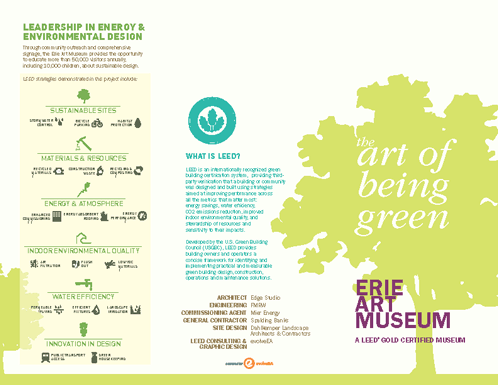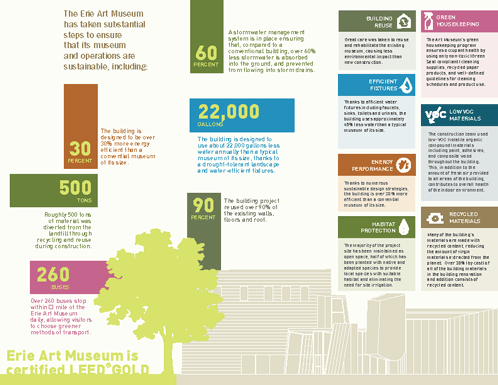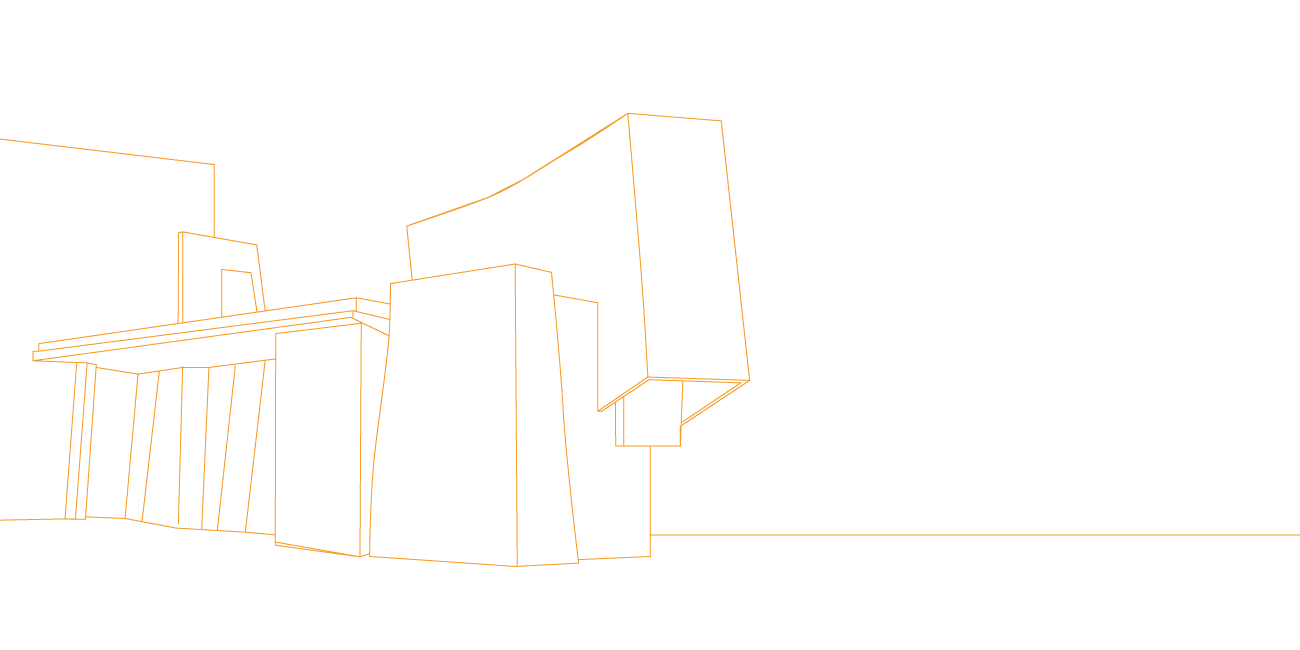Erie Art Museum
The Erie Art Museum project is a 10,000 square foot single story addition plus a renovation of approximately 14,850 square feet on three floors of the existing structure that make up the museum. The Museum expects upwards of 50,000 annual visitors.
Completed in 1839 as the Erie Branch of the U.S. Bank of Pennsylvania, the Museum’s existing building is rife with history, having served as a post office, the U.S. Customs House and a meeting hall for the Grand Army of the Republic before being restored for use as a museum in the 1960’s. Given its central location in Downtown Erie, the Museum has a diverse visitor base, providing gallery space for touring art expositions, and acting as an educational hub for Erie locals and visitors alike.
The Art Museum’s stated mission is to maintain an institution of excellence dedicated to the promotion and advancement of the visual arts by: developing and maintaining a quality art collection, encouraging art in all its forms, fostering lifelong art learning, and building community among artists, art students and the public. With its increased gallery space, its “building-as-art” approach to its new space, and its attention to environmental design, this project furthers the Museum’s pursuit of its mission in a sustainable manner.
The new building is also Erie’s first LEED certified building, and is setting an example by achieving a high scoring Gold level certification. evolveEA managed the LEED process with the design and construction team, and also designed educational graphics that promote the museum’s sustainability highlights.

The project’s notable green building features include:
- High-efficiency HVAC system with dessicant dehumidification projected to be over 35% more efficient than conventional systems
- Water efficient fixtures with usage expected to be over 45% more efficient than a conventional building.
- Native and adapted species have been selected for landscaping, completely eliminating the need for irrigation
- The project location in downtown Erie, PA is conducive to walkability and mass transit and acts as a center of engagement for the community
- Regional, recycled, rapidly renewable, low-emitting, and certified materials and wood were given preference in the product selection process
- The project is a skillful weave of a historic building into an expressive and dynamic architectural statement, all while allowing copious daylighting and compliance with high level museum standards



